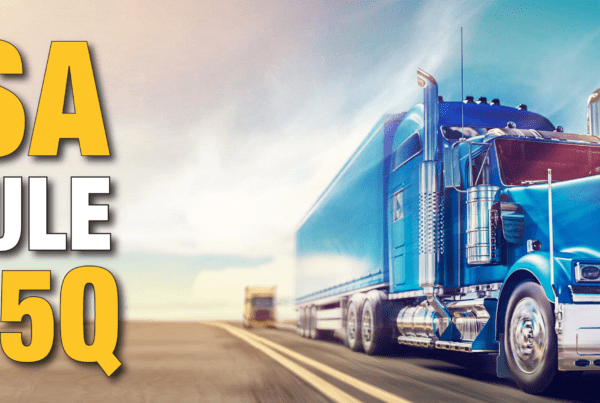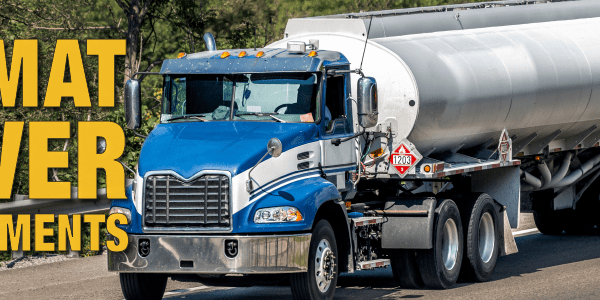More than 100 shippers in the US have formed a new pressure group to urge Congress to raise the legal vehicle weight limit on US motorways.
Kraft Foods, MillerCoors and International Paper were among the companies to join the Coalition for Transportation Productivity (CTP), which called for a change in the law to allow larger vehicles.
“America’s freight transportation infrastructure is on the verge of becoming overwhelmed over the next decade,” said CTP co-chair John Runyan. “Freight hauled by trucks in the US is expected to double by 2025, and truck traffic is growing 11 times faster than road capacity. (courtesy International Freighting Weekly)
Even before this economic slump, carriers were looking at ways to reducr their costs in order to get that contract. Now with jobs disappearing, a good number of carriers are forgoing the maintenance so that they get and do the job. Poor maintenance has lead to wheels coming off trucks, loads falling off the truck and accidents.
It’s bad enough when a truck is involved in a collision, now these shippers want BIGGER trucks on the road? If one of these bigger trucks is involved in a collision, will the other vehicle feel like its been hit by a train? And are these shippers advocating that these trucks carry dangerous goods?
How about shippers look at other modes of transport, such as, rail? Yes, it might mean a little more planning up front, but it keeps the BIGGER trucks off our roads and helps to keep our national fuel consumption down. Putting bigger trucks on the road doesn’t mean better fuel efficiency. And what about the wear and tear on our highways?
Let’s hope that our elected officials can see that this is NOT the way to transport our goods.






Jim — I’d like to respectfully offer a slightly different perspective. First, and most importantly, our coalition is not suggesting “bigger” trucks be allowed on the road. We would like to allow the use of six axle vehicles (on the same 53’maximum footprint used today) to carry heavier loads when and if the state and the US DOT determine that the particular interstate route is one that can accommodate the vehicle.
We know of one large facility using 600 fully weighed out trucks going outbound each week that could trim that to 450 trucks per week if this six-axle configuration could be used. 150 fewer trucks per week leaving that facility (and delivering the same amount of product) would seem to offer terrific reductions in VMTs and fuel use.
We have numerous studies as well as empirical evidence referenced on our coaltion website (www.transportationproductivity.org) that demonstrates the safety, environmental and economic benefits from using these vehicles.
The last thing that the major organizations comprising our coalition would do is jeopardize their safety record. We are instead convinced this effort will improve that record and make US manufacturers more productive at the same time.
By the way, most of the major companies in our organization are heavy users of the railroads. We are open to any good ideas you have on how to improve rail service options. Blocking improvements in trucking productivity, though, should not be among them.
John – thanks for your comments. I am still leary of allowing increased weights on trucks. It may be that the major organizations of your coalition are responsible corporate citizens, but it is the ones that put safety way down on their priority lists that scare me and the rest of the road users.